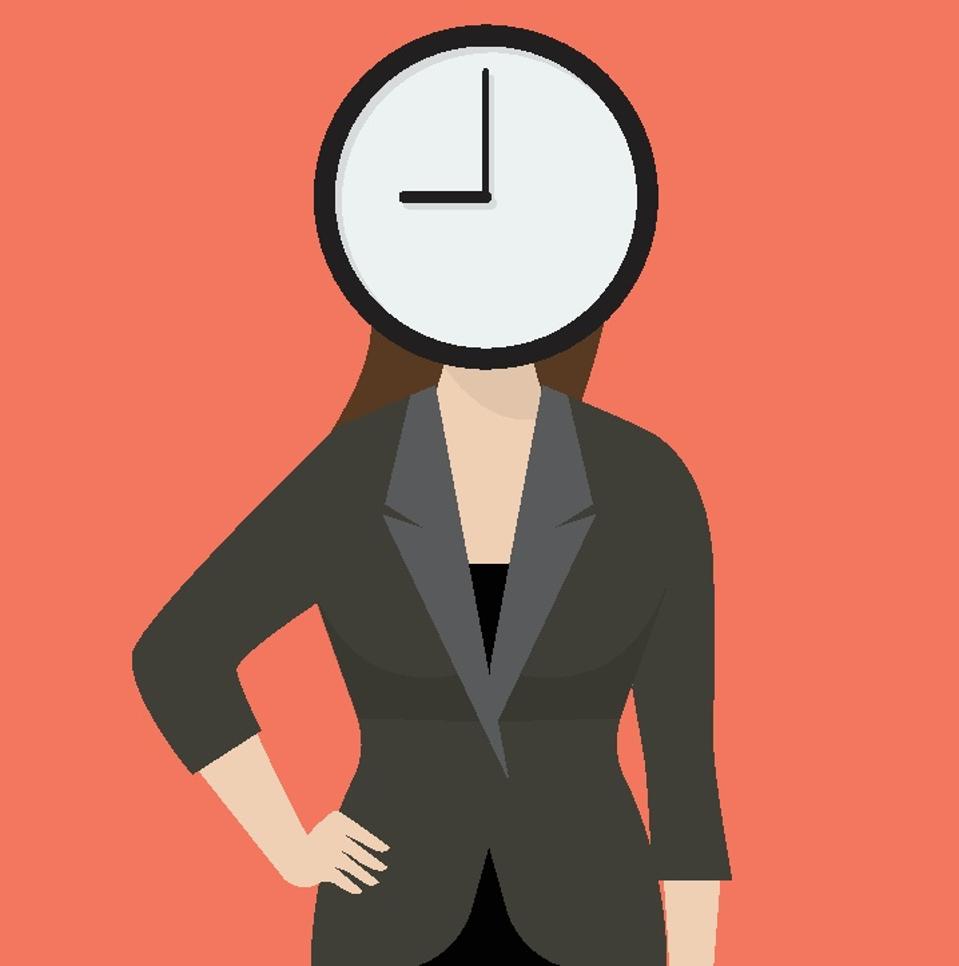Like most working women, I have heard a litany of familiar questions from my peers about time. When is the right time to start that company I’ve been dreaming of? When is the right time to push for that long-deserved promotion? When is the right time to start a family? Underpinning these questions is the assumption that there is a right and a wrong time for women to pursue these ambitions.
I have bad news and good news: there’s never a right time for women — especially in the workplace — and the research on ageism bears this out. But that also means, there’s never a wrong time, either. My advice is simple. Do what you want, when you want to.
I’ve seen more and more women I know embrace this attitude, achieving incredible goals and life milestones no matter their age. And more and more women who I don’t know that didn’t let age pigeonhole them. Leslie Jones was 47 when she joined the cast of SNL. Julia Childs released her first cookbook at 49. Suzanne Collins released The Hunger Games at 46. Deb Haaland won her first election at 55 and, at 57, was elected to Congress. Wally Funk became the oldest woman to go to space at 82.
These inspirational women, no doubt, did encounter ageism on their journey. While it’s forbidden by law in the U.S., thanks to the Age Discrimination in Employment Act, the law can’t fight all the ways ageism permeates stereotypes, prejudices, and discriminatory behavior in our culture.
In the labor market, studies conceptualize ageism in two categories: hard and soft. Hard ageism entails employer behavior that’s prohibited by law — denying hiring, promotions, and firing based on age. Soft ageism involves interpersonal behavior that’s technically legal but really hard to pinpoint. It’s also much more common.
Both types of ageism are everywhere for women at work and at every stage of their careers. Early on, young women are told to “wait their turn” for opportunities, whereas their male counterparts are promoted for their potential and ambition. In fact, for every 100 men who get promoted to their first manager job, only 72 women do, a pernicious bias that might be explained in part by recent research. It’s no surprise that in one recent survey, 77% of those under 35 reported the negative impact of gendered ageism. And then, of course, there’s the looming “threat” of pregnancy and the discrimination that goes along with it.
The good news is that women are great at breaking down barriers — at all ages. Especially now that American workers are aging and living longer, we need their contributions to our workplaces. We can support each other through the following methods:
1. Education and awareness: Start by acknowledging and checking your own biases. Be aware of the systemic stereotypes we encounter in society and help challenge them. Advocate for women of all ages within your organization.
2. Mentorship programs: Encourage mentorship programs that empower women of all ages. Older individuals need mentor ship just as much and sometimes even more than women just starting their careers. Remember, mentorship is a two-way street — let younger individuals mentor you back.
3. Age-blind application processes: Eliminate age-identifying information from applications, such as birth years or graduation dates. Avoid using keywords that inadvertently signal a preference for youth. Even requirements like GPAs can discourage more experienced candidates from applying.
4. Build mixed-age teams: Consciously form teams that span generations. Multigenerational collaboration requires nurturing, but it can lead to innovative and balanced outcomes. Great approaches to this issue are outlined here.
5. Multigenerational Networks: . Provide a platform where women at different stages of their careers can connect, share, and find their “next success” together.
By embracing women of all ages and supporting initiatives that bridge generational gaps, we can create more inclusive and diverse workplaces.
The right time for women in business is now, regardless of our age. Let’s work together to make that a reality. The clock is ticking.

